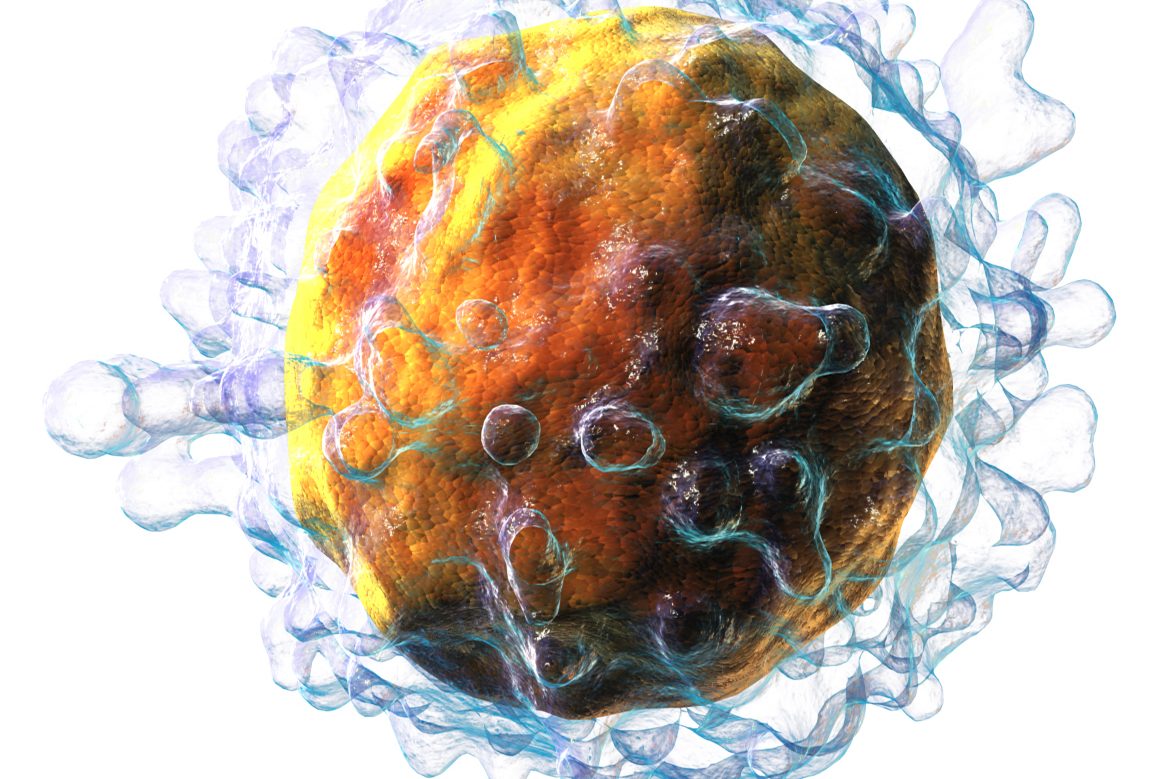Two different researches on cells have been published one after the other. One claims the cells are aware of their environments, meaning they can “sense and explore”. The other says they are able to remember infections even years later.
The cells owe their ability to sense their environments to a kind of “force detection”.
"In this research, we determined how cells detect the position of molecules (or ligands) in their surroundings with nanometre precision," says lead researcher Roca-Cusachs. "When the ligands join, cells apply a force they can detect. Since this force depends on the ligand spatial distribution, this enables cells to sense their surroundings.” This is somewhat like recognizing someone by touching their face with your hands.
The interaction between cells and ligands has a major importance in order for the tissue to properly carry out its function. Detection of changes in the cell environment is also essential whenever and wherever the tissue is remodelling (such as embryonic development, tumour development or tissue healing).
Results of this study seem quite spectacular, especially considering studies on the treatment of cancerous tissues and oncogenes.
I am waiting right here!
How can immune cells remember a disease or a vaccination and come into action decades later? Here’s a million-dollar question for you! The scientists, however, have discovered the answer: A small group of immune cells that respond to the original viral invasion remain alive for years, and stand by, poised for battle with the same microbe to re-invade the body.
When someone gets vaccinated or is exposed to a new infection, cells that recognize the invader but had not been called into action before (naive cells) start dividing rapidly and displaying infection-fighting functions. This creates a large group of “memory cells”, which gradually shrinks and continues waiting with long-term memory cells. So, what triggers them years later, turning them into battling beasts?
These long-term memory cells are the once-fighting effector cells, so they become ready for action when they are re-exposed to the same pathogen.
The researchers’ results show that the half-life of long-term memory cells is 450 days, while the standard T cells in our bodies have a half-life of about 30 days. When the group of memory cells become passive, these unique cells continue to be on full alert against a possible infection by the pathogen.
REFERENCES
- 1. https://m.phys.org/news/2017-12-cells-explore-environments.html
- 2. https://www.nature.com/articles/nature24662
- 3. https://www.nature.com/articles/nature24633
- 4. https://m.phys.org/news/2017-12-cells-infections-decades.html

